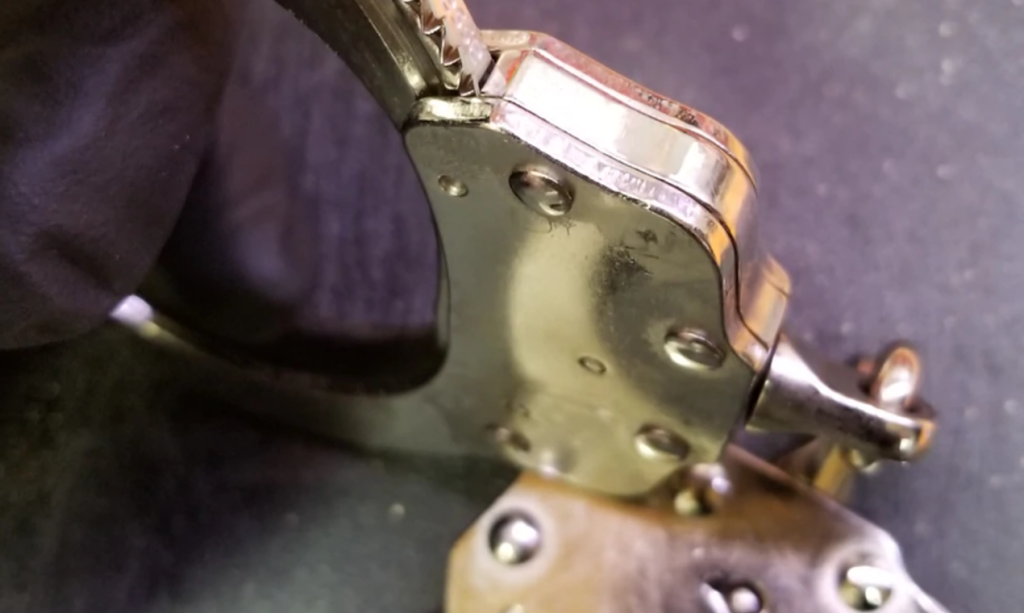Sheltering and Avoiding Detection
BLUF: If you must take temporary shelter (to sleep, surveil, hide & wait, standby evac, evading capture, etc.) take measures to avoid being discovered. While considering a location that offers protection from the elements consider BLISS and SLLS to ensure security.
1. Use camouflage and concealment following the BLISS technique.
》B – Blend in with surround area
》L – Low silhouette, on ground, casting short shadow
》I – Irregular shape, not easily recognizable outline
》S – Small, keep it minimal, small footprint, small physical shape
》S – Secluded location, out of line-of-sight, away from others
Choose an area least likely to be searched (drainages, rough terrain) that blends with the environment, has escape routes and observable approaches.
2. Finally, apply the SLLS survey when assessing potential shelter points.
》STOP at a point of potential concealment and analyze the area
》LOOK for signs of human or animal activity such as smoke, tracks, roads, patrols, vehicles, vagrants, utility stations, etc.)
》LISTEN for vehicles, employees taking smoke breaks in a back alley, nearby construction, farm animals, etc.
》SMELL for campfires, kitchen exhaust, cigarette smoke.
Escape Common Restraints
BLUF: Defeat most duct tape (DT), ziptie (ZT), and rope tied (RT) restraints using simple techniques and no special tools.
Prepping
》Positioning while being restrained is key to enabling defeat opportunities.
If being DT or ZT, lean forward, tuck elbows and forearms together, and present closed fists.
If being RT, keep wrists as far apart as allowable, spread elbows out, palms open and parallel to the ground, in an upside V shape or together.
For DT/ZT you want the restraint tight, for RT you want it loose.
Escaping
Defeating restraint – When the opportunity presents itself, attempt escape. For DT/ZT raise your hands above your head, in a swift/forceful motion, drive your arms down and to the side past your hips (in a motion such as elbowing someone behind you). The motion must carry through as far behind you as you can.
For DT, each subsequent attempt may make the break more difficult as DT will fold a lip and increase durability.
For ZT, before attempting break, rotate the lock-square to where your palms meet.
For RT, put your forearms and palms together and forward in front slightly tilted down, alternatively shimmy arms back and forth until rope slides off (such as the friction motion made with hands when you’re cold).
—
This article was originally written by the Grayman Briefing. Stay in the know, sign up for Intel and Situational Awareness alerts pushed to your phone on emerging threats and preparedness warnings. Click HERE to subscribe to the Grayman Briefing.
=====
Become a Survival Dispatch Insider …
We bring together survival enthusiasts and preppers to share skills and knowledge, so you can enhance your preparedness for emergencies and ensure the safety of you and your community.
The Results You’ll Get …
Our community, courses, and memberships are pretty special. We’re focused on the ways it will make a huge difference in your life.
Here are a few of the things you’ll be able to do as a member of Survival Dispatch Insider …
1) Improve your emergency preparedness by learning survival skills and strategies from experienced preppers.
2) Build lasting connections with like-minded individuals that share your passion for safety and readiness.
3) Access a wealth of knowledge and resources to assist in protecting you and your community during unexpected situations.
Click HERE to get started.
=====


